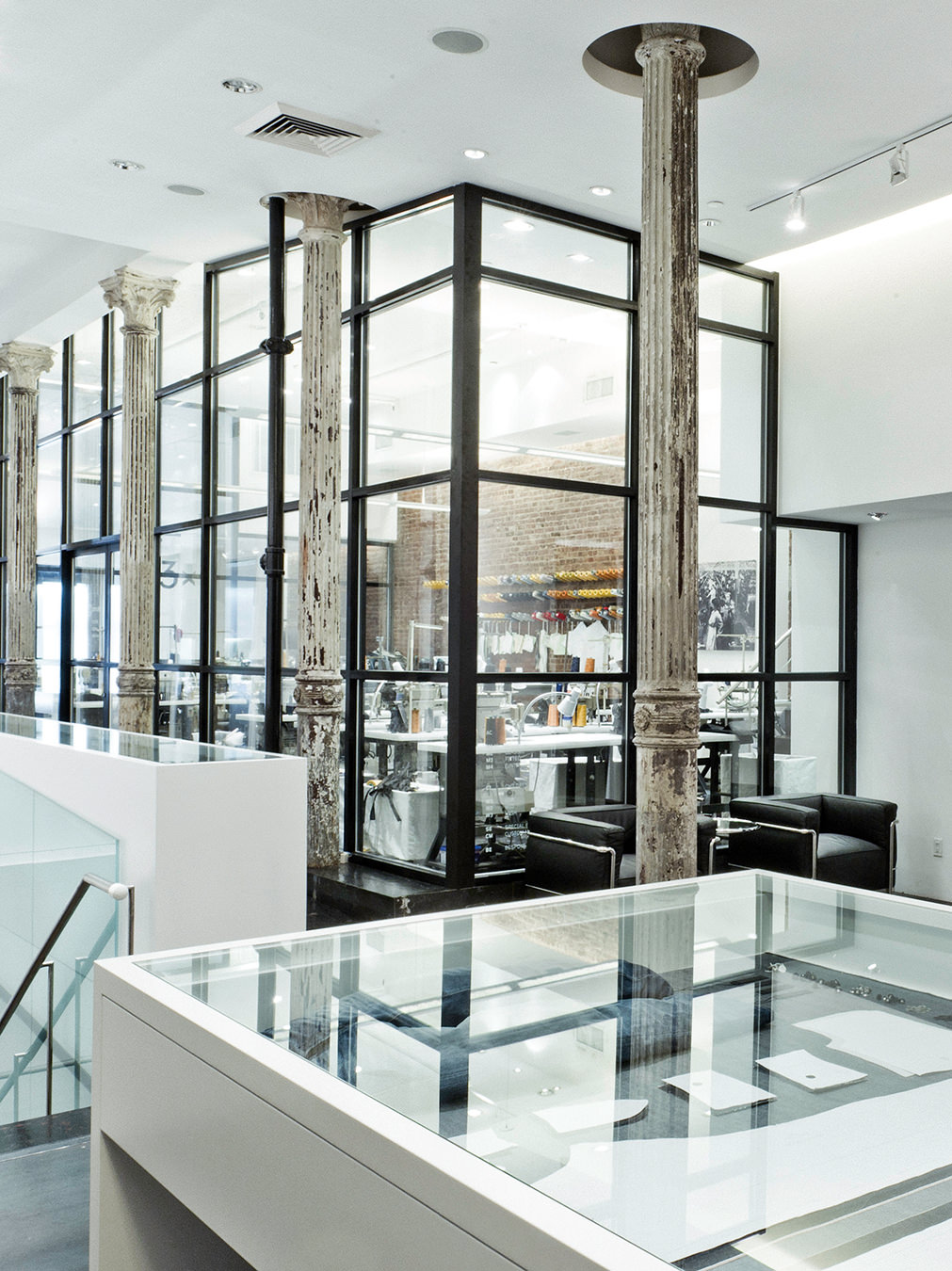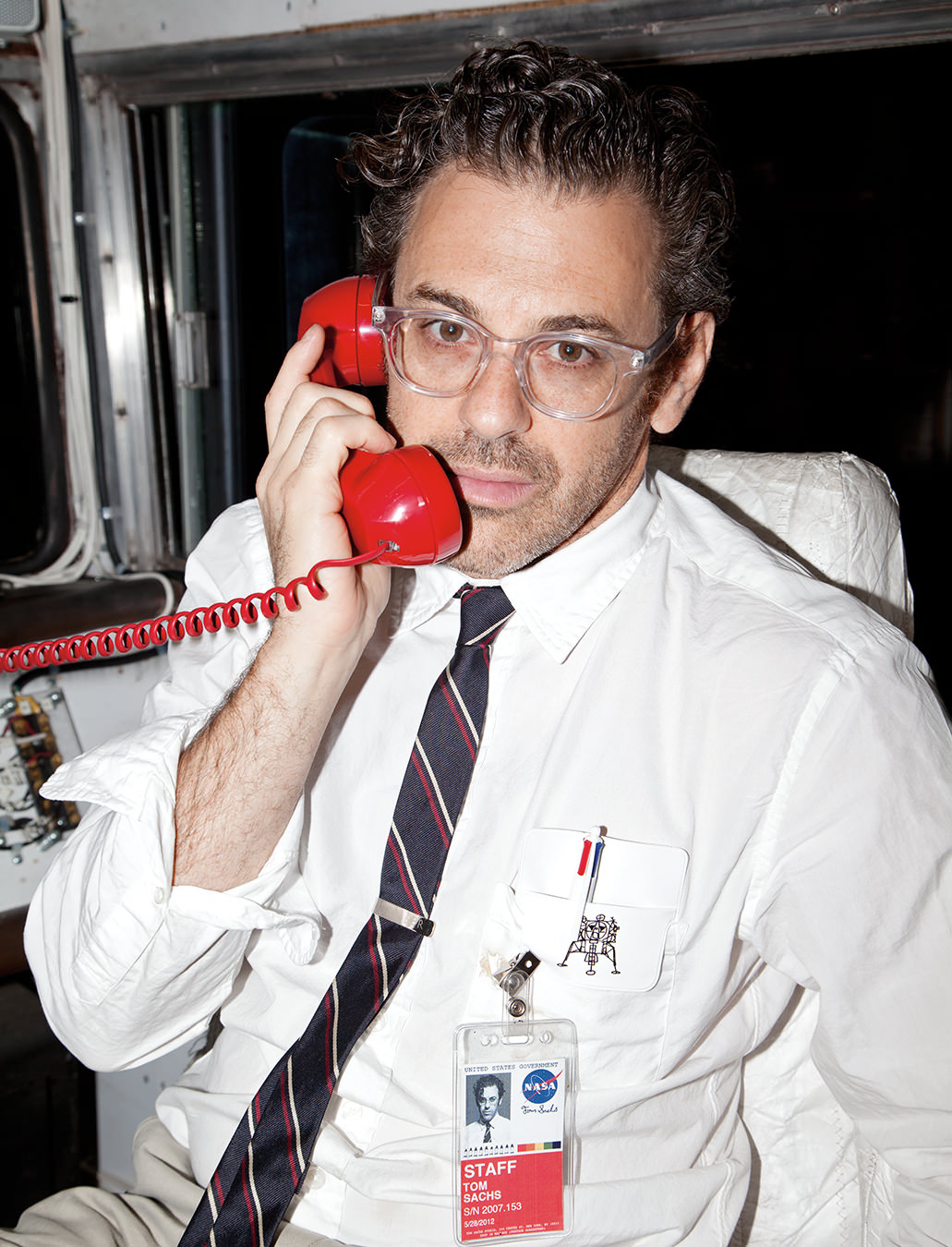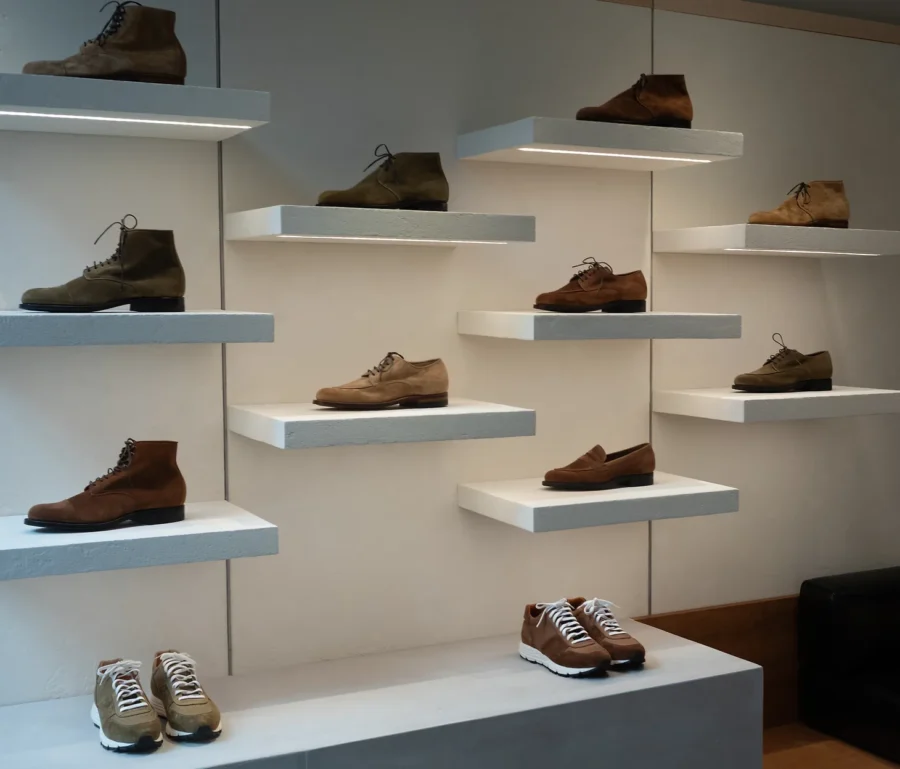
Brett Viberg Honours His Family’s Bootmaking Tradition
Redefining what craftsmanship means for a new generation.
Brett Viberg’s enthusiasm for footwear and its production is evident, but like the boots his family has been producing for generations, he could never be described as bursting at the seams. Talking about shoes, he is stable and balanced, measuring the weight of his thoughts on his slightly furrowed brow. The boot “has to be comfortable and fit and support and do all those technical things, but it also has to look balanced,” he says. “Because the idea is that if I can come up with something that looks modern, the shape is classic, and it’s done right, then I don’t really need to change it for a long time.”
Though its marketing, customer base, and range have changed over the years, Viberg Boot has put the family name behind a claim of quality and durability, two perennial standards of that slippery word “timelessness.” But time is important for a family-run business, especially one as dynamic as Viberg.
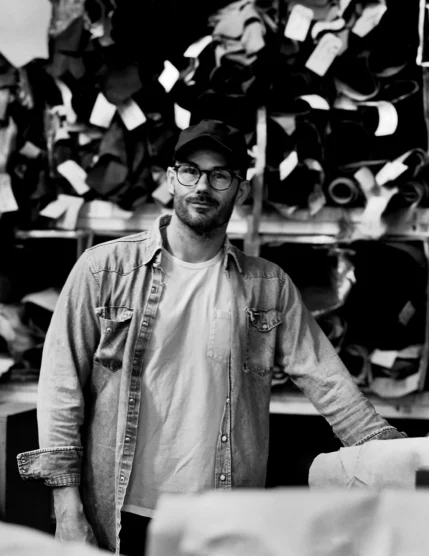
As a child, Brett would visit the Chinatown factory that his family has operated in Victoria, British Columbia, since the 1930s. When people talk about family businesses and craft, they usually imagine the patient moving of hands over materials, the gentle speech of an elder instructing the aspirant younger person in the creation of an object. Brett remembers the people, but when he recalls the early days around the production line of his family’s historic boot company, he speaks of the machines and their enduring rhythm. “I wanted to know about the machines, and it became a language to me, that of the industrial-type environment,” he says.
He is speaking a few blocks over from another Chinatown, in Downtown Manhattan, where he sits against the backdrop of his newly opened store in Nolita. As he speaks, the old brick-clad Basilica of St. Patrick’s looms large through the window in the heart of one of the most dynamic fashion districts in the world, where countless brands, designer and mass market, compete for the attention of wealthy tourists and local celebrities. For him, the move to New York seemed natural, a reflection of Viberg’s growing popularity. After experiencing the trials of renting commercial real estate in New York, he and his team settled on the space for its large frontage. As he speaks, several people, mostly middle-aged men, stop to look through the glass, and some wander inside.
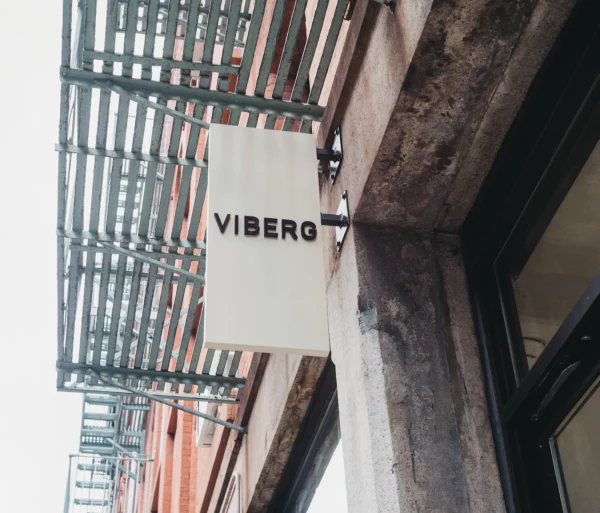
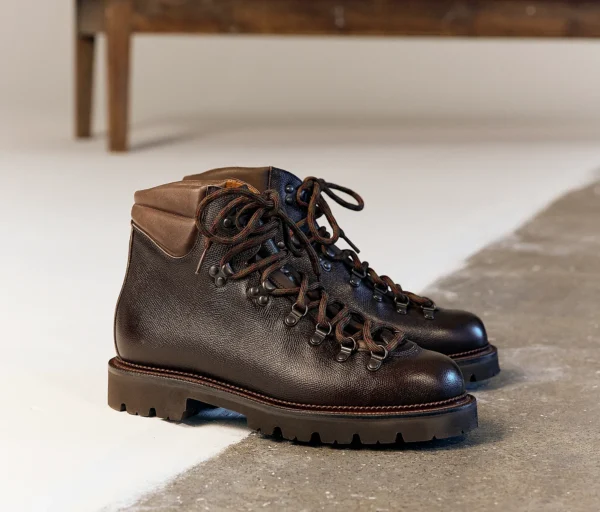
The custodian of his family’s boot company wears thick-rimmed black glasses and an overshirt, the uniform of the creative businessman who exudes a rugged yet cosmopolitan masculinity. The minimalist store designed by Paris-based Ciguë is lined with white walls that feature cantilevered slabs forefronting the product. It has wooden floors and a sumptuous wooden table. In the corner hangs a black raincoat, a subtle nod to Vancouver Island for those who can recognize it.
Viberg’s insertion into one of the centres of global fashion represents a transformation that has been in the making for nearly 15 years and that has only accelerated since Brett took over the business from his father, Glen Viberg, in 2023. The company’s rise to prominence mirrors general trends in menswear that have been growing and changing for the last few decades, where the materials and forms of North America’s rugged and industrial history have been elevated to communicate refined masculinity, far from the world of manual labour but somehow still in touch with the qualities it imbued. The brand had been a practical one, geared toward making steel-toed and other work-oriented boots for the loggers and workers in other heavy industries that dominated British Columbia through the early 20th century.
___
“What makes the product good is everything that’s inside—the stuff you can’t see. The invisible luxury of the footwear is the chassis of the product.” —Brett Viberg, on the Viberg family legacy of bootmaking.
An immigrant from Sweden, Brett’s grandfather, Edwin Viberg, had capitalized on this and eventually gained a sort of cult following on Vancouver Island. The company’s website still credits his father and grandfather with introducing particular styles and makes. However, because of Viberg’s limited range, Brett didn’t really connect with the brand. He picked up a love of machines and an acknowledgement of the power of making—in high school, he used his family’s production facilities to make a pair of Chelsea boots for himself—but he viewed the brand as uncool and moved to Vancouver to work odd jobs.

He was also aware of how involvement in a family business can take over a life, having watched his father spend long hours in the factory. He was working for Canada Post and at other odd jobs that allowed him not to go back to the family business. “After seeing my dad endlessly labour in the factory, I didn’t really want to go back and have it take over my life.”
His attitude changed when, in the early 2000s, representatives from the Japanese fashion conglomerate Nepenthes expressed interest in collaborating with Viberg to create products for its menswear stores. Since the 1980s, Japanese fashion designers have been taking North American products such as jeans and work boots and transforming them into objects of consumer fashion, typified by the Osaka 5, a group of fashion designers that propelled denim from the factory floor to the runway. It wasn’t long until this trend extended to footwear, and the Japanese looked toward the North American heritage companies to feed the Americana mania among local fashion cliques and international admirers.
Enter Viberg.
It was in Japan, seeing his family’s products next to cutting-edge fashion and in highly curated displays, that Brett saw the potential, and he set to work. “It was a catalyst for this very rugged menswear movement,” he says of the Japanese scene, explaining that a new form of Ivy League styling for Americana was coming out of the East Asian nation. More than just style, the trend’s focus on material and make aligned with the aspects of the family business that had resonated with him from an early age. “It totally shocked me. The way that we were producing was, at that time, very crude. It was a very industrial product. The box was industrial. And [the Japanese] would treat it like it’s a luxury product, like a totally different thing.”


Today, the desire among men for boutique retailers that are also manufacturers has only grown and has led Viberg into robust global markets. But essential to the movement is the making—for serious material people like Brett, heritage matters. But the way heritage works in industrial manufacturing is complex, like the machines that press, stretch, and heat to make the products. Working with his employees in Victoria, and navigating the generational divides that he says can create discordance with older members of the company, including his father, Brett reaches into the archive that goes back to the 1850s in order to produce a range of styles. The products Viberg sells today range from the classic Service Boot, an homage to the company’s heritage, to derby boots, loafers, and even tennis shoes.
He compares the product to cars, with the most important parts often hidden. Everything is underneath the hood: the structure, the enduring formal gestures and materials. Leather stiffeners in the toe and elsewhere have been hallmarks of the brand in recent years.
“What makes the product good is everything that’s inside—the stuff you can’t see. The invisible luxury of the footwear is the chassis of the product,” the 44-year-old says. While Viberg footwear may have a timeless appeal that draws on classic styles, when it comes to production techniques, Brett is a relentless innovator, looking all over the globe for machinery that takes advantage of contemporary technology, such as 3D printing, to replace parts that are overly expensive or no longer available. He’s quick to laud the production team for its ability to adapt to new methods, especially when it comes to using heavy machinery geared toward less sensitive applications, to pull off rugged utility with refined design.
The brand has come a long way, but the machinery that first imbued in Brett the rhythm of making still whirs in Victoria. And while only a small number of people know and understand the heritage that Viberg carries on, he said his own enjoyment, now, after decades, is what drives him.
Photos courtesy of Viberg.


